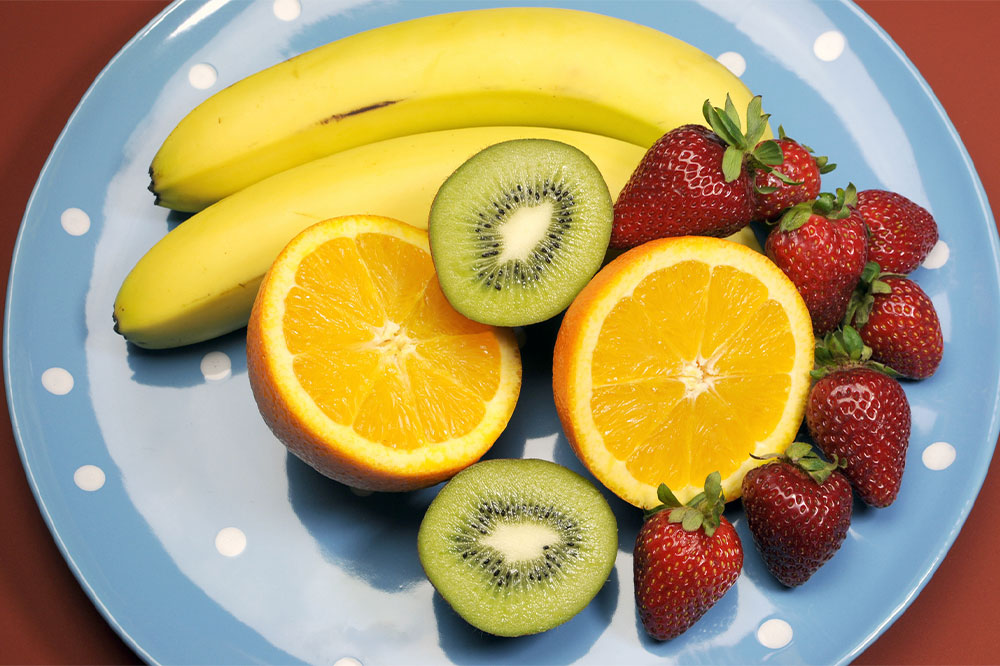Comprehensive Guide to Eating Healthy on a Low-Carb Diet
Discover how to maintain a healthy, low-carb lifestyle with this comprehensive guide. Learn about foods to avoid and healthier alternatives such as cauliflower rice, veggie-based dishes, and nutrient-rich grains like millet. Find tips on replacing high-GI fruits, avoiding sugary sweets, and selecting low-carb beverages. This detailed article offers practical advice to help you enjoy delicious meals while sticking to your low-carb goals, improving overall health, managing weight, and controlling blood sugar levels effectively.

Comprehensive Guide to Eating Healthy on a Low-Carb Diet
Embarking on a low-carbohydrate lifestyle is increasingly popular among individuals seeking effective weight management, enhanced metabolic health, or better blood sugar control—especially those managing type 2 diabetes. However, many worry about giving up beloved foods that are typically high in carbs, such as bread, pasta, and sweets. The good news is that there are numerous wholesome, tasty alternatives that can help you enjoy your favorite dishes while staying within your carbohydrate limits. These replacements not only satisfy your cravings but also contribute positively to your health and overall well-being.
To successfully adopt a low-carb diet, it’s essential to understand which foods to avoid and what healthier options to incorporate. Here’s an in-depth guide to help you make smarter choices that support your health goals:
Replace refined grains such as wheat, barley, and rye with nutrient-dense millet. Millet is naturally gluten-free, lower in sugar, and rich in fiber, vitamins, and minerals. It can be used in salads, as a side dish, or in baking, providing a versatile alternative to traditional grains.
Skip bread when enjoying pizza, burgers, or tacos by omitting the carb-heavy wrapper. Instead, opt for lettuce leaves, collard greens, or portobello mushroom caps as a low-carb alternative that adds freshness and crunch while reducing blood sugar spikes associated with wheat-based bread, which often has a high glycemic index and can lead to increased hunger and cravings.
Instead of sugary sodas, fruit juices, candies, or ice cream, choose vegetable-centric soups or smoothies made with fresh ingredients. These options are naturally lower in sugar and calories, providing essential nutrients without causing blood sugar fluctuations.
Use cauliflower rice as a low-carb substitute for traditional rice or rice crackers. Cauliflower rice is easy to prepare by pulsing cauliflower in a food processor, then sautéing it with spices. It adds bulk and texture to meals without the carb load.
Replace high-starch vegetables like potatoes and traditional pasta with zucchini noodles—also known as 'zoodles.' These are made by spiralizing zucchini and serve as a light, nutrient-dense base for various sauces and toppings, offering similar dishes with fewer carbs.
Limit high-glycemic index (GI) fruits such as mangoes, pineapples, and grapes. Instead, enjoy berries like strawberries, raspberries, and blackberries, which are lower in carbs and high in water and fiber. Melons such as cantaloupe and honeydew are also good options due to their lower sugar content.
Avoid indulging in sweets like candies, cookies, and pastries that contain high amounts of sugar and unhealthy fats. Instead, satisfy your sweet tooth with small portions of dark chocolate containing 85% cacao or higher. Dark chocolate provides antioxidants and minimal sugar.
For beverages, moderate your alcohol intake by choosing drinks with fewer carbs per serving. Red wine and spirits like gin or vodka tend to have lower carbohydrate content compared to beer or flavored liqueurs, making them better options for low-carb living.
While making these changes, remember to emphasize consuming plenty of vegetables and leafy greens, as they're rich in nutrients and fiber. Staying well-hydrated with water and herbal teas is equally important. And most crucially, eliminate or significantly reduce your intake of sugar and processed flour products. By following these practical, easy-to-implement tips, you can enhance your health, maintain a healthy weight, and ensure your nutrition remains balanced and satisfying on a low-carb diet.





